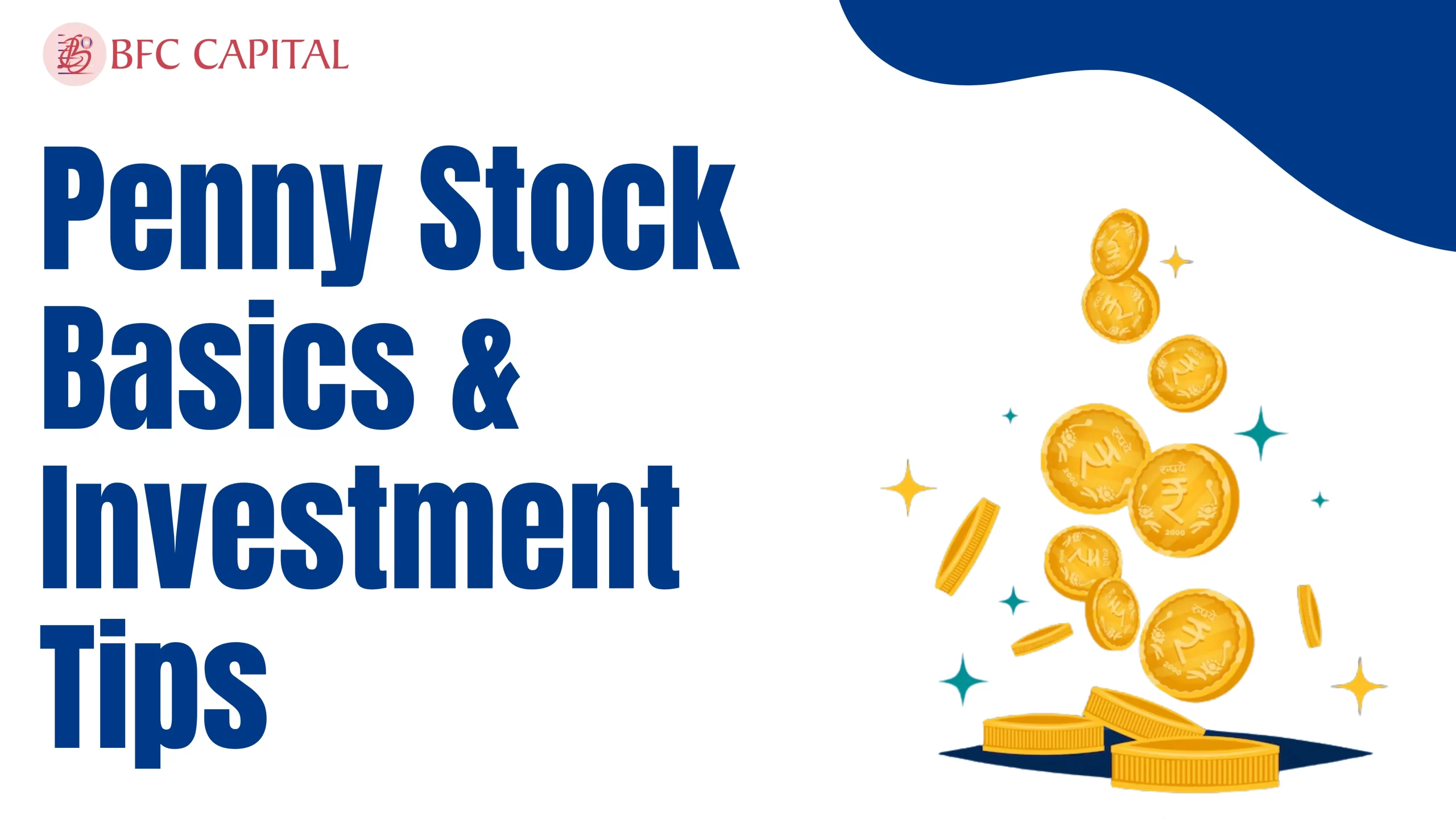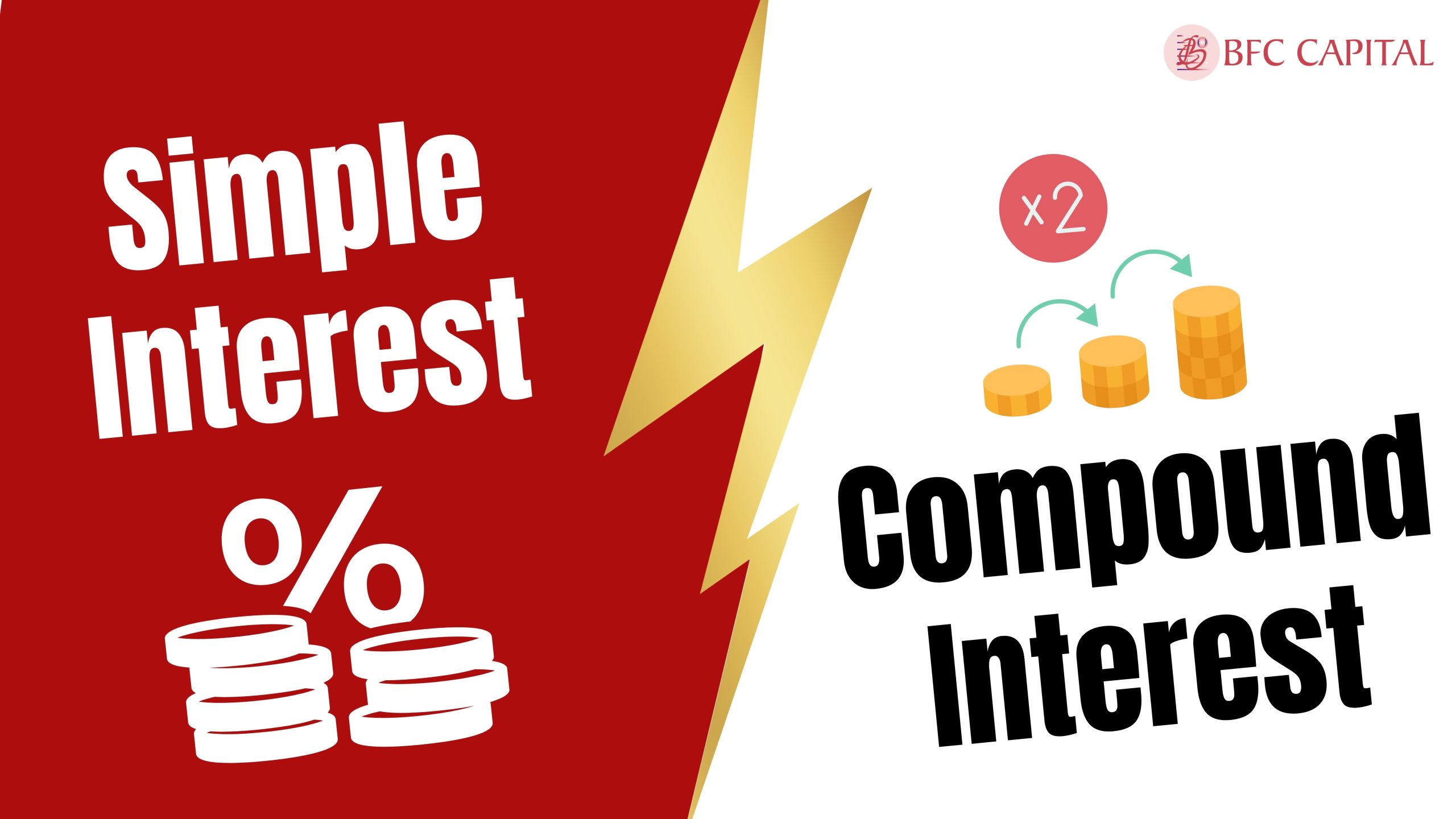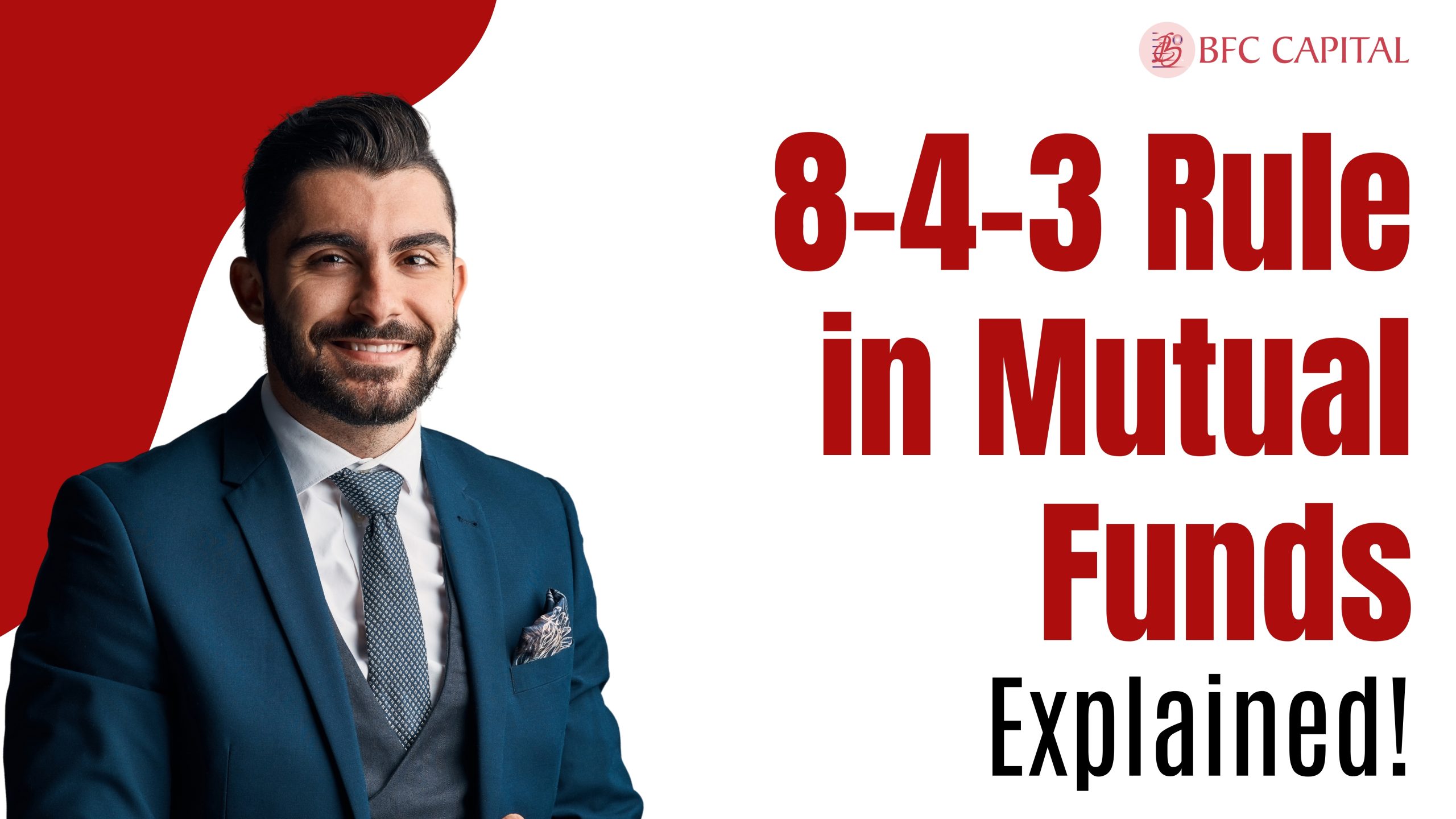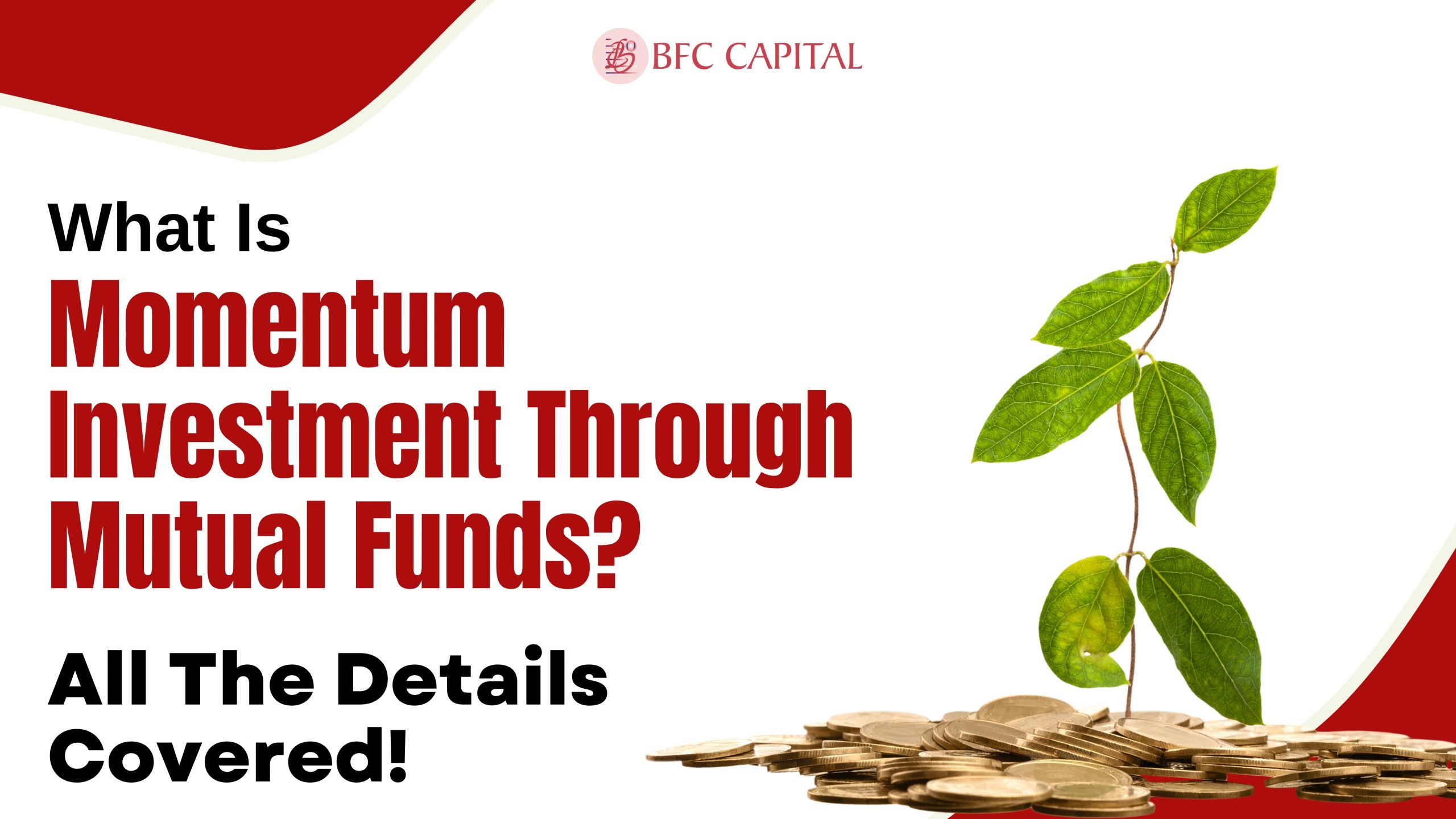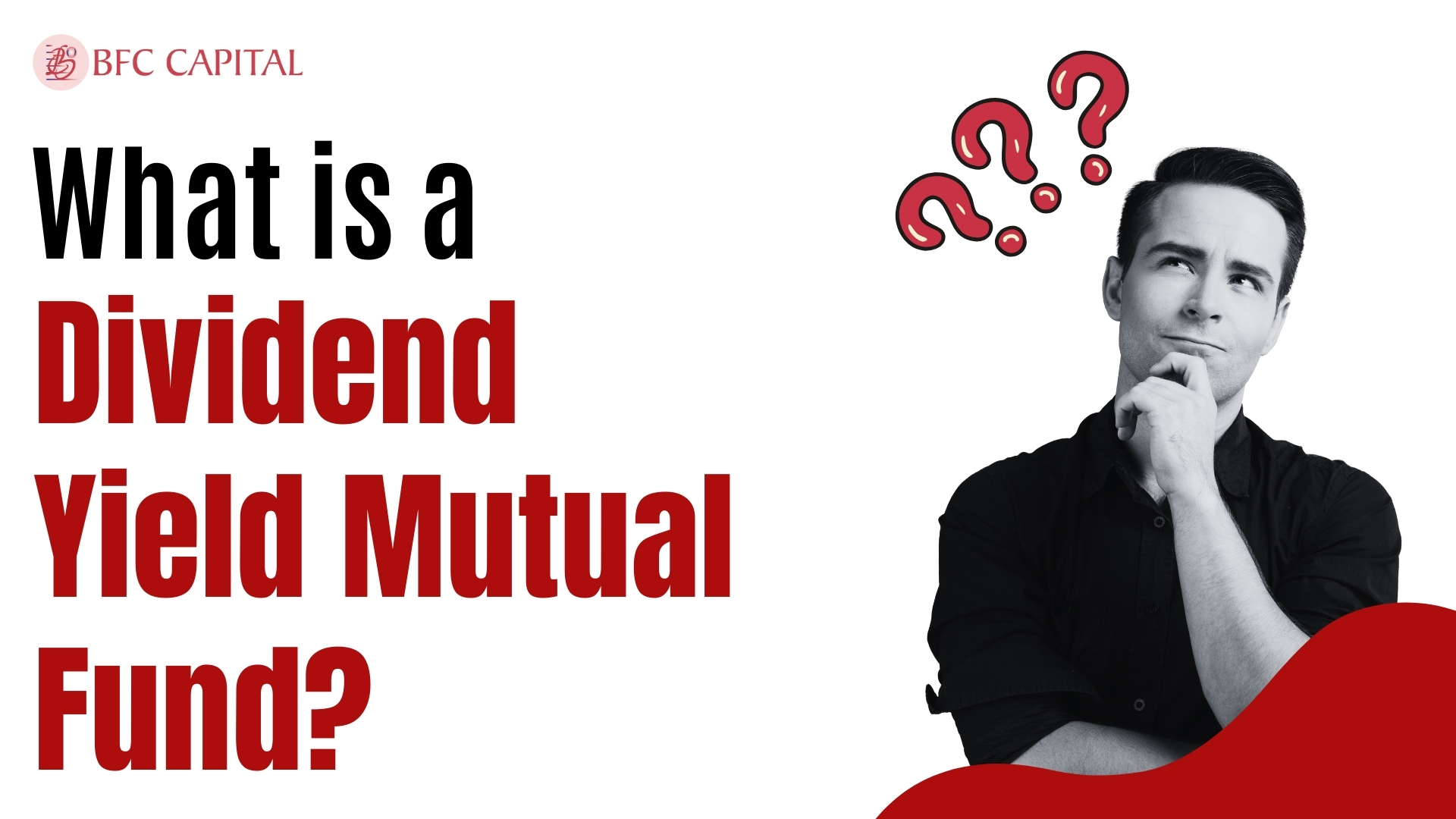
Picture yourself at a bustling market. You crave vibrant energy and diverse flavours but also want to avoid overspending or leaving hungry. Sticking solely to exotic fruits can be exciting but leave you wanting more, while just buying bread will fill you up but need more variety.
Imagine balanced advantage funds as your shopper in the market. They’re not just picking out stocks and bonds; they’re crafting a balanced mix for you. This blog post is your guide to understanding these funds. We’ll cut through the complex terms, explaining how they strategically allocate your investments to create a balanced portfolio with growth potential and some protection against market fluctuations. Let’s leave the financial jargon behind and see if balanced advantage funds could be the perfect shopping basket for your investment journey!
Dynamic asset allocation or balanced advantage fund is like adjusting the sails of your boat to catch the best wind. It means changing your investment mix based on market conditions to provide reasonable returns in all market conditions.
Balanced advantage funds navigate the unpredictable financial markets by combining the steady nature of bonds with the growth potential of stocks. This strategic approach aims to cushion investors from the impact of market volatility.
The experienced sailor in charge of this ship is the fund manager. They keep an eye on the market circumstances all the time, just like a sailor watches the wind and waves. They modify the ship’s course, or in financial terms, the distribution of assets between stocks and bonds, based on their knowledge and research.
In a tranquil and attractive market, the fund manager may increase the fund’s exposure to equities by navigating the ship toward opportunity-rich waters.
A balanced advantage fund, managed by a knowledgeable fund manager, aims to provide investors with a more straightforward investing experience. However, it is essential to recognise that there are risks associated with investing.
WHAT SHOULD YOU CONSIDER WHILE INVESTING IN BALANCED ADVANTAGE FUNDS?
These funds may have lower volatility than aggressive hybrid funds since they buy low and sell high.
Balanced advantage funds can adjust their investments between stocks and bonds, ranging from 0% to 100% in each, to respond to changing market circumstances.
Balanced advantage funds can, however, benefit from equity taxes if their average gross (hedged and unhedged) exposure exceeds 65%. However, investors should contact with their financial advisors regarding the tax implications of their mutual fund schemes before making any choices.
Thus, these are some of the most important variables to consider before investing in a balanced benefit fund.
WHAT IS AN EFFECTIVE BALANCED ADVANTAGE FUNDS?
Balanced funds are financial instruments that generally invest in a mixture of debt and equity segments. These funds enable investors to diversify their mutual fund portfolios. They provide the best risk-reward balance and help to maximize the returns on investment!
Balanced advantage mutual funds dynamically adjust their investments between stocks and bonds, unlike traditional balanced funds with a fixed ratio. While they can range from 0% to 100% in different asset classes, they must maintain a minimum 65% equity allocation to qualify for equity taxation.
These funds are thus mainly oriented toward investors seeking a mixture of capital appreciation, income, and low-risk investment options.
The fundamental tenet of dynamic asset allocation is to provide a good return irrespective of market conditions, subtly reacting to present risks and downturns and seizing opportunities. There is typically no target asset composition because investment managers are free to change the allocations in their portfolios as they deem suitable.
The portfolio manager must make wise investment decisions at the right times in order for dynamic asset allocation to be effective. Dynamic asset allocation is one of various methods for managing an investor’s portfolio.
WHAT ARE THE FEATURES OR CHARACTERISTICS OF A BALANCED ADVANTAGE FUNDS?
Essential traits of a dynamic asset allocation fund or balanced advantage fund include:
Supervised Funds
These funds are actively managed by portfolio managers, who keep a close eye on market conditions and make prompt choices on asset allocation. Their active approach sets them apart from funds like index funds that aim to mimic the performance of a benchmark.
Strategic Distribution
Asset allocation is spreading your investments across different types like stocks, bonds, and cash to balance risk and reward. It’s like not putting all your eggs in one basket.
Derivatives are financial tools that can help protect investments. Imagine you think a stock’s price will fall. A derivative called a “put option” lets you sell the stock at a set price, even if the market price drops. This can limit your loss. Fund managers use various derivatives to manage risk and potentially increase returns.
Stress on Risk Management
One of the objectives of these funds is risk management. To safeguard their finances during market downturns, they might limit their exposure to low-valued stocks.
Dynamic allocation
The investment plan of the company states that the portfolio of the fund is periodically rebalanced in reaction to changes in the market.
TAXATION RULES OF BALANCED ADVANTAGE FUNDS/DYNAMIC ASSET ALLOCATION FUNDS!
Balanced advantage funds typically aim to maintain a minimum of 65% allocation to equity. This strategic move is primarily driven by tax efficiency.
In India, equity-oriented funds enjoy favourable tax treatment. Long-Term Capital Gains (LTCG) on equity investments held for more than a year are taxed at a flat rate of 12.5% on gains exceeding Rs. 1.25 lakh. Short-Term Capital Gains (STCG) on equity gains less than a year are taxed at a flat rate of 20%.
By ensuring a predominant equity exposure, these funds position themselves to benefit from these tax rates. This implies that even if the fund’s performance is occasionally influenced by debt instruments, as long as the equity component remains over 65%, the fund’s total returns will be taxed as equities-oriented.
However, it’s important to note that if the fund’s equity allocation falls below 65% for a lengthy period of time, its tax status may change. In this case, the fund would be classified as a debt fund with corresponding tax consequences. LTCG(holding period of more than one year) on debt funds is taxed at your income tax bracket rate, with indexation advantages, whereas STCG(holding period of less than one year) is added to your income for the year and then taxed as per the applicable income tax bracket!
As a result, while balanced advantage funds have the ability to increase capital and provide income, investors must comprehend the tax consequences.
On a parting note…
Imagine yourself as a Jedi Knight, harnessing the Force (the market) for financial gain. Balanced Advantage Funds (BAFs) are like a lightsaber, balancing force (growth) with control (risk management).
Balanced Advantage Funds are not one-size-fits-all solutions, much as Jedi do not rely only on their lightsabers. Understanding your risk tolerance is crucial.
Balanced Advantage Funds, also known as Dynamic Asset Allocation Funds, provide a compelling method for managing an ever-changing market landscape. They function like a professional captain, altering the sails (asset allocation) in response to the winds (market circumstances) to guarantee a smooth and possibly profitable journey.
While Balanced advantage Funds are appealing due to their balanced approach, it is vital to realise that they are not a sure road to wealth. Investors with a high-risk tolerance or a short investing horizon may find them overly cautious. Before setting sail, conduct a thorough study and have a comprehensive grasp of your risk profile.
By making informed decisions and partnering with the right tools, Balanced Advantage Funds can become a valuable asset in your investment journey, helping you navigate the market with confidence and potentially reach your financial destination. Don’t wait! Start building your balanced portfolio today!
Please share your thoughts on this post by leaving a reply in the comments section. To learn more about mutual funds, contact us via Phone, WhatsApp, or Email, or visit our website. Alternatively, you can download the Prodigy Pro app to start investing today!
Disclaimer – This article is for educational purposes only and by no means intends to substitute expert guidance. Mutual fund investments are subject to market risks. Please read all scheme-related documents carefully before investing.


